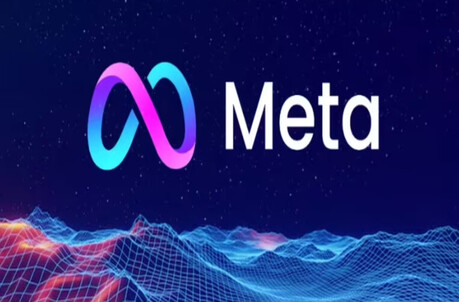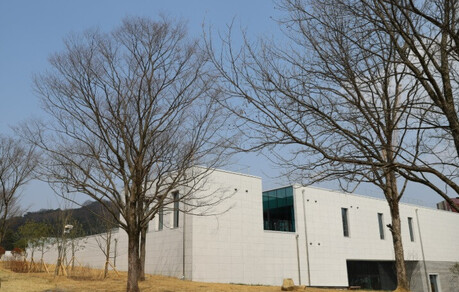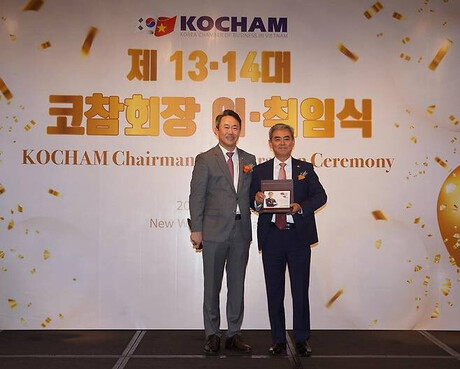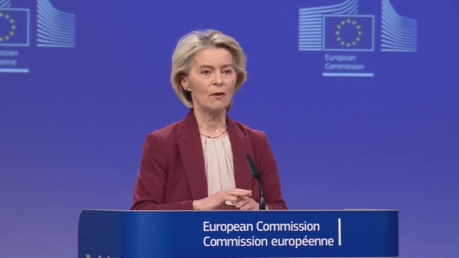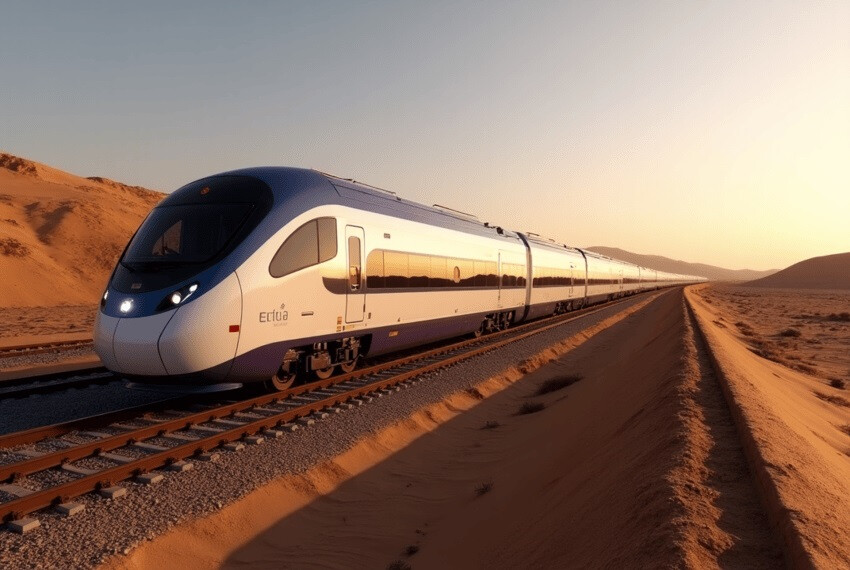
Cairo, Egypt - Egypt is on the cusp of inaugurating a new era in transportation as it prepares for the arrival of its first high-speed electric train, the 'Velaro,' slated for August 2025. This milestone signals the impending launch of the Ain Sokhna-Alamein-Marsa Matrouh line, a crucial artery in the nation's ambitious 2,000-kilometer national high-speed rail network.
Kamel El-Wazir, the Minister of Transport, recently inspected the project sites, underscoring the government's unwavering commitment to establishing a modern and integrated railway system. This transformative project is a collaborative endeavor with Siemens Mobility, a German rail technology giant renowned for producing the Velaro, one of the world's premier high-speed train models.
This initiative transcends a mere national achievement, marking a significant turning point in Africa's transportation evolution. It is poised to exert a profound influence on travelers, logistics enterprises, the tourism sector, and regional development planners, both within Egypt and across the broader region.
High-Speed Connectivity Linking Key Economic Hubs
The Ain Sokhna-Alamein-Marsa Matrouh line represents the initial phase of Egypt's envisioned 2,000-km high-speed rail network. This vital corridor will bridge the Red Sea and the Mediterranean coasts, serving as a crucial link between major urban centers, economic zones, and agricultural heartlands.
The comprehensive network will be anchored by 60 passenger stations, two major depots, and five maintenance centers, ensuring a seamlessly integrated transportation system. Upon completion, the network is slated to operate with a diverse fleet, including 41 Velaro high-speed trains for long-distance passenger services, 94 regional trains for intercity travel, and 41 freight locomotives dedicated to cargo transport. This triadic structure underscores the network's dual function as both a commuter lifeline and a pivotal logistics infrastructure for national and international trade.
'Velaro' Advantages: Cutting-Edge Technology and Efficiency
The Velaro trains, manufactured by Siemens Mobility, are globally recognized as some of the fastest, most efficient, and environmentally friendly high-speed rail models. Already operational in countries such as Germany, Spain, Turkey, and China, the introduction of the Velaro in Egypt positions the nation at the forefront of high-speed rail adoption.
Travelers can anticipate significant benefits from the Velaro, including dramatically reduced travel times between major Egyptian cities, courtesy of top speeds exceeding 300 km/h. The trains will also feature state-of-the-art passenger amenities such as onboard Wi-Fi, spacious and comfortable seating, accessibility features for individuals with disabilities, and climate control systems. Furthermore, the Velaro's exceptional energy efficiency will contribute to reducing carbon emissions within Egypt's transportation sector. This enhanced comfort and speed are projected to bolster Egypt's competitiveness as a regional transportation hub, offering an appealing alternative to domestic air and road travel.
Transformative Impact on Domestic Travel
Egyptian citizens and residents stand to be primary beneficiaries of the high-speed rail network. The network is expected to enhance daily commuting convenience, stimulate new employment opportunities, and provide more equitable access to transportation between urban and rural areas.
The corridor connecting Ain Sokhna, Alamein, and Marsa Matrouh will facilitate rapid transit between densely populated areas and diverse economic zones. Developing cities such as Ganat Misr, West Minya, Toshka, and East Oweinat, where large-scale development is underway, will become more easily accessible and further integrated into the national economy.
For domestic tourists, the high-speed rail will unlock opportunities to explore Egypt's historical and natural treasures, from the Mediterranean beach resorts to the Red Sea diving hotspots, with greater speed and reliability. Journeys that previously entailed hours of travel by bus or car will be significantly shortened, offering enhanced comfort and safety.
Implications for the International Tourism Industry
For international travelers arriving in Cairo or coastal gateway cities, the high-speed rail network presents the potential to reimagine multi-city itineraries that were previously cumbersome or time-consuming. The rail lines will offer more seamless connections between key tourist destinations such as Luxor, Aswan, and Alexandria, as well as the burgeoning Red Sea Riviera.
Travel agencies will be empowered to develop rail-inclusive tour packages, similar to those popular in Europe and East Asia, enabling visitors to conveniently travel between historical, cultural, and leisure destinations utilizing the high-speed train.
This modernization aligns with Egypt's broader objectives of attracting 30 million tourists annually by 2028, a goal heavily reliant on providing diversified transportation services and enhancing connectivity between international airports and domestic destinations.
Economic and Logistical Significance
From a logistics and trade perspective, the Velaro-based rail system extends beyond mere passenger transit. The inclusion of 41 freight locomotives signifies Egypt's commitment to establishing an integrated freight transport corridor, particularly crucial for agricultural exports and the movement of industrial goods.
The ability to rapidly move goods between industrial centers, agricultural regions, and seaports will significantly reduce transportation times and costs. For instance, agricultural produce from inland farms in Mostakbal Misr and New Delta can be swiftly transported to Red Sea or Mediterranean ports for export, while raw materials and imports can reach inland production areas with newfound efficiency.
In this context, Egypt's high-speed rail project functions not just as a transportation network but as a national logistics corridor, poised to play a pivotal role in regional trade and North Africa's integration into the global marketplace.
Implications for the Travel Industry
For airlines, bus operators, and domestic travel service providers, the advent of high-speed rail presents both competition and new opportunities. While air travel will likely retain its dominance for long-haul routes and international connections, high-speed rail is poised to capture market share from domestic airlines and intercity bus services.
To remain competitive, these industries may consider strategies such as adjusting pricing models to reflect the faster and more efficient rail alternative, integrating with rail services by offering connecting transportation solutions to final destinations, and focusing on niche or remote routes not served by the rail network.
Hotels situated around new or upgraded stations are likely to benefit from increased foot traffic. Tourism authorities and local governments can actively promote lesser-known destinations that become newly accessible via the high-speed rail network.
Regional Benchmark for African Infrastructure
The progress of Egypt's high-speed rail project carries significant implications beyond its borders. By becoming the first African nation to introduce the Velaro high-speed rail system, Egypt is setting a benchmark for modernizing transportation infrastructure in emerging markets.
The success of this project could inspire similar initiatives in other African countries facing growing demand for modern transportation, such as Morocco, Algeria, Ethiopia, and Kenya. In this way, Egypt is not only expanding its own economic horizons and enhancing mobility but also contributing to setting the pace for development across the African continent.
What Travelers Need to Know and Plan For
As the arrival of the first Velaro train in August 2025 approaches, travelers planning trips to Egypt should begin to consider how this network will impact their future travel plans.
Key considerations include:
Booking Options: Rail travel is expected to become available through online portals, travel agencies, and potentially integrated booking systems with airlines.
Itinerary Adjustments: High-speed rail connections may be incorporated into travel plans that previously relied solely on air or road transport.
Access to New Destinations: Cities and regions previously difficult to reach may become conveniently accessible thanks to the high-speed rail network.
Looking Ahead: Beyond August 2025
The arrival of Egypt's first Velaro train in August 2025 is not merely the acquisition of rolling stock; it is an embrace of the future of transportation. The focus will then shift to full deployment, trial runs, and the gradual expansion of the network.
By 2030, Egypt envisions a nationally integrated high-speed rail system connecting not only Ain Sokhna, Alamein, and Marsa Matrouh but also extending deep into the country's interior and forging links with Mediterranean and African transport networks.
For travelers, this signifies a future of faster, greener, and more comfortable journeys. Globally, it serves as a powerful signal that North Africa is confidently stepping into the era of next-generation mobility.
Within a few short years, traversing the length and breadth of Egypt could become as commonplace as a city commute, transforming not only how people move but also how they experience the nation.
[Copyright (c) Global Economic Times. All Rights Reserved.]


















